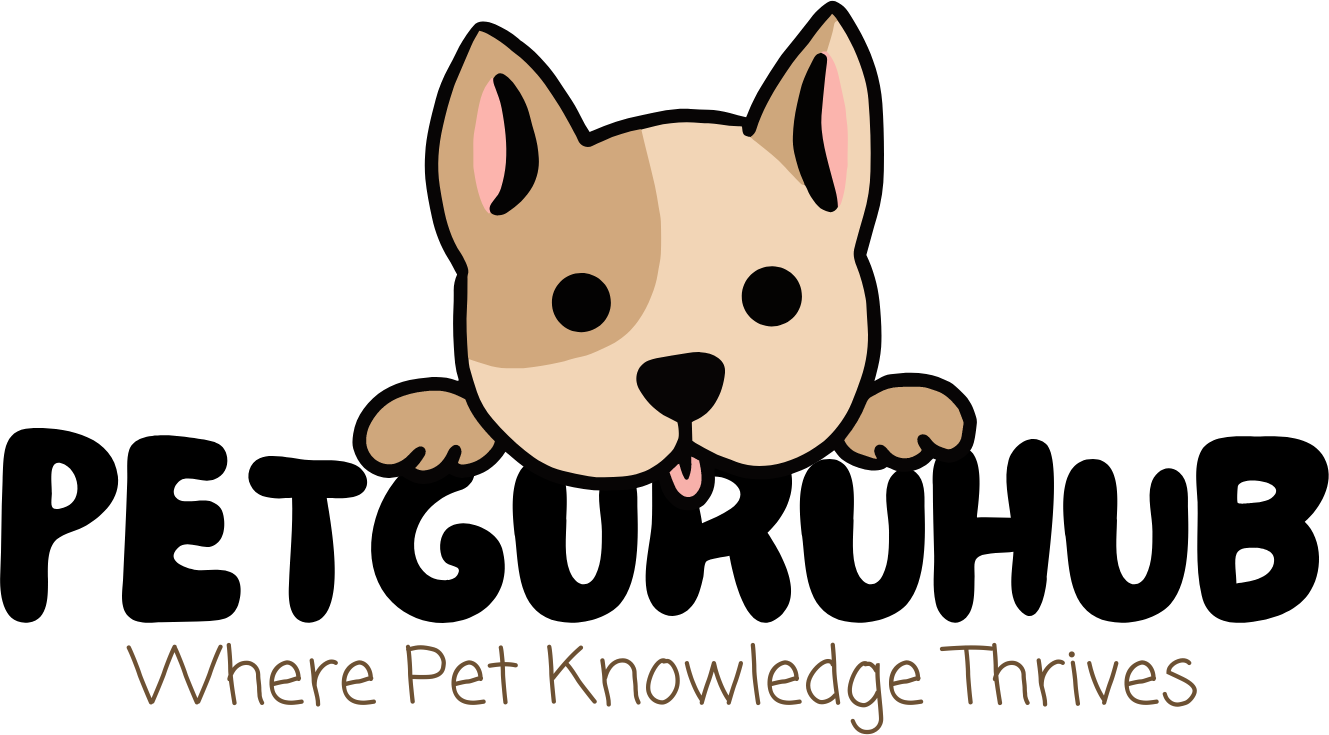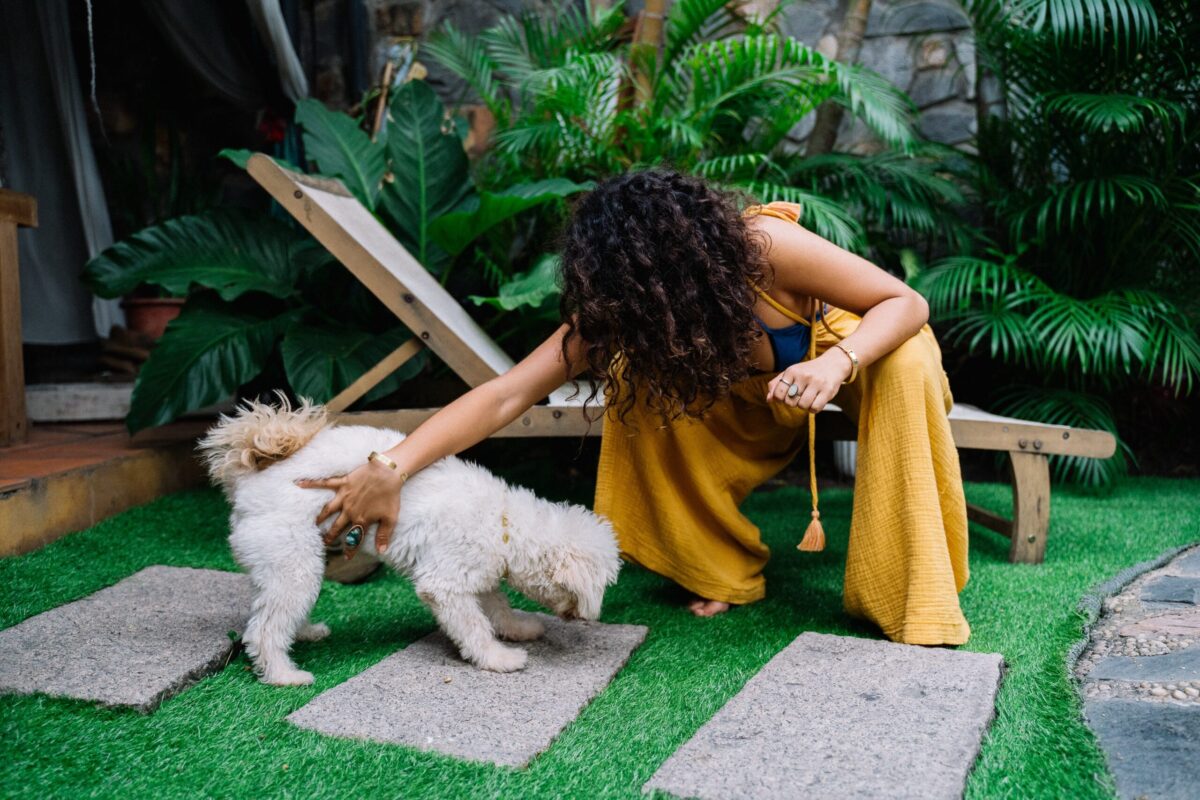Introduction
Teaching your dog new tricks and commands is an excellent way to strengthen your bond, provide mental enrichment, and address common behavioural issues. However, knowing where to start with training can be daunting for any pet parent. This article will provide an informative guide to successfully teaching your dog new behaviours using positive, reward-based methods. Specifically, this article will cover:
- The major benefits of trick training your dog
- Preparing for effective training sessions
- 5 fun DIY training games to try
- Troubleshooting common training problems
- Taking your education to the next level
- Key takeaways and concluding thoughts
Through step-by-step instructions, troubleshooting tips, and suggested training games, you’ll learn how to teach your dog cool new skills in a way that is rewarding for both of you. With consistency and positive reinforcement, you can achieve excellent results that will strengthen your bond for years to come. Whether you have a new puppy or an adult dog, it’s never too late to get started on trick training! This guide will set you and your canine companion up for training success.
Benefits of Training Your Dog
Training your dog provides many important benefits beyond just teaching new tricks. Consistent positive reinforcement training can:
- Strengthen your bond and relationship with your dog through quality time together
- Provide important mental stimulation to keep your dog engaged and happy
- Help address common behaviour issues like jumping, nipping, or pulling on leash
- Make vet visits and grooming less stressful through desensitization training
Some additional benefits include:
- Increased confidence in your dog and improved focus during training
- An outlet for your dog’s natural energy and instincts
- Advanced skills like competitive dog sports or therapy dog work
Training should be a fun, rewarding activity for both dog and owner. With patience and persistence, you can achieve excellent results.
Some key points on the benefits of training:
- Dedicate short, frequent training sessions
- Keep things upbeat with praise and treats
- Be consistent with cues and commands
- Increase difficulty gradually as skills improve
- End on a positive note to keep dog engaged
With a positive approach, training will strengthen your bond, provide enrichment, and address problem behaviours. Make it a rewarding experience for you both!
Preparing for Training
Before you start training your dog, take some time to prepare so you set yourself up for success. Proper preparation is key to an effective training program.
Some tips for getting ready to train your dog:
- Gather supplies like treats, a clicker, toys, and other training tools
- Set aside dedicated training times – keep sessions short but frequent
- Learn training techniques like capturing, luring, and shaping behaviours
- Puppy-proof your home by removing temptations and hazards
- Read up on dog body language to better communicate
Additional preparation steps:
- Establish a consistent schedule for training sessions
- Stock up on rewards like small soft treats your dog loves
- Eliminate distractions during initial sessions as much as possible
- Start training early as soon as you bring home your puppy
- Keep things fun and positive – end on a good note
Proper preparation makes training more enjoyable for both you and your dog. It also helps ensure you have everything you need to be successful teaching new behaviours.
Some key points on preparing for training:
- Gather all needed supplies in advance
- Set a consistent schedule for short, frequent sessions
- Learn techniques like capturing and luring behaviours
- Start training as early as possible with a new puppy
- Keep it positive, fun and rewarding for you both
With the right preparation, you’ll be ready to start successfully teaching your dog new tricks and behaviours!
5 Fun Training Games
There are many creative and engaging training games you can play with your dog to teach new tricks and behaviours. Here are 5 fun DIY options:
Hide and Seek
This nose work game helps build your dog’s scent tracking skills.
- Start with easy hides like treats under a cup
- Gradually increase the difficulty by hiding in harder spots
- Use strong smelling treats your dog loves as the target scent
Hide and seek provides important mental stimulation and uses your dog’s natural scavenging instincts.
Fetch
Retrieve training teaches your dog to pick up and return objects.
- Use different toys to keep it interesting – balls, frisbees, ropes
- Practice impulse control by asking for a sit before throwing the toy
- Add distance and distractions as your dog’s skills progress
Fetch is great exercise and can build confidence.
Tug of War
This game reinforces loose leash walking and impulse control.
- Only play when you are holding the other end of the toy
- Stop play if your dog pulls too hard or gets too excited
- Build drive and enthusiasm with short bursts of tugging
Tug improves confidence, bonding, and behavioural control.
Find the Treat Under the Cup
This game tests your dog’s memory and problem-solving skills.
- Start with 2 cups and have your dog find the treat
- Gradually increase to 3 or more cups as your dog improves
- Shuffle the cups around between rounds
This game provides important mental enrichment.
Obstacle Course
Set up a homemade obstacle course to build confidence and agility.
- Use household items like tunnels, ramps, hoops
- Keep it low impact for puppies and older dogs
- Increase challenges as your dog masters each obstacle
Obstacle courses encourage physical activity and mental engagement.
Some additional key points on training games:
- Vary games to prevent boredom and keep dog engaged
- Allow your dog to take breaks as needed during play
- Keep a positive attitude and make it fun for you both!
- Keep sessions short, upbeat, and rewarding
- Increase difficulty gradually as skills improve
- End on a positive note and build enthusiasm slowly
- Use your dog’s natural instincts – scenting, retrieving, tugging
- Practice impulse control and commands during play
Playing different games helps strengthen your bond while providing vital stimulation.
Troubleshooting Common Issues
Despite your best efforts, you may encounter some common issues when training your dog. Don’t get discouraged! With some troubleshooting, you can get back on track.
Some typical training challenges include:
- Lack of motivation – Try more exciting rewards or take a break
- Easily distracted – Increase focus with fewer distractions
- Fearful or anxious – Go slower and use positive reinforcement
Additional troubleshooting tips:
- Keep sessions short to avoid fatigue and frustration
- Rule out medical issues if you encounter sudden behaviour changes
- Get help from a professional trainer if needed
With patience and persistence, you can overcome these common training roadblocks.
Here are some key points on troubleshooting training issues:
- Identify the specific problem behaviour
- Consider potential causes like health, anxiety, environment
- Adjust your approach – go slower, change rewards, reduce distractions
- Seek professional help if problems persist despite your best efforts
Don’t give up! With some targeted troubleshooting, you can get your dog’s training back on track.
Next Steps After Mastering Basics
Once your dog has mastered some basic commands and tricks through positive training games, consider taking your education to the next level by pursuing[1]:
- Advanced obedience skills like heel, stay, wait, or extended down
- Dog sports like agility, flyball, disc dog and dock diving
- Therapy dog certification to volunteer in your community
Additional next steps:
- Practice training in different environments
- Take an online course for more structured guidance
- Join a local dog training club to train around other dogs
The sky’s the limit once you and your dog get the basics down!
Here are some key points on taking training to the next level:
- Build on existing skills with more complex behaviors
- Proof behaviors in new locations to generalize commands
- Consider dog sports or therapy work for further bonding and enrichment
- Join a training club for socialization and education
- Continually challenge your dog mentally and physically
With a solid foundation, you and your dog can continue to learn and grow together!
Conclusion
In conclusion, training your dog using positive reinforcement and fun DIY games provides huge benefits for you both.
With proper preparation and persistence through common issues, you can teach your dog cool new tricks and deepen your bond.
Keep things rewarding and take your education to the next level once basics are mastered!
Here are some key takeaways:
- Training strengthens your relationship through quality time together
- Use games to make learning fun and provide enrichment
- Overcome common problems with targeted troubleshooting
- Build on skills by advancing to dog sports or therapy work
The tips in this article will help you and your dog get the most out of your training. Remember to keep sessions upbeat, short, and positive. With consistency, you’ll be amazed at what you can achieve!


